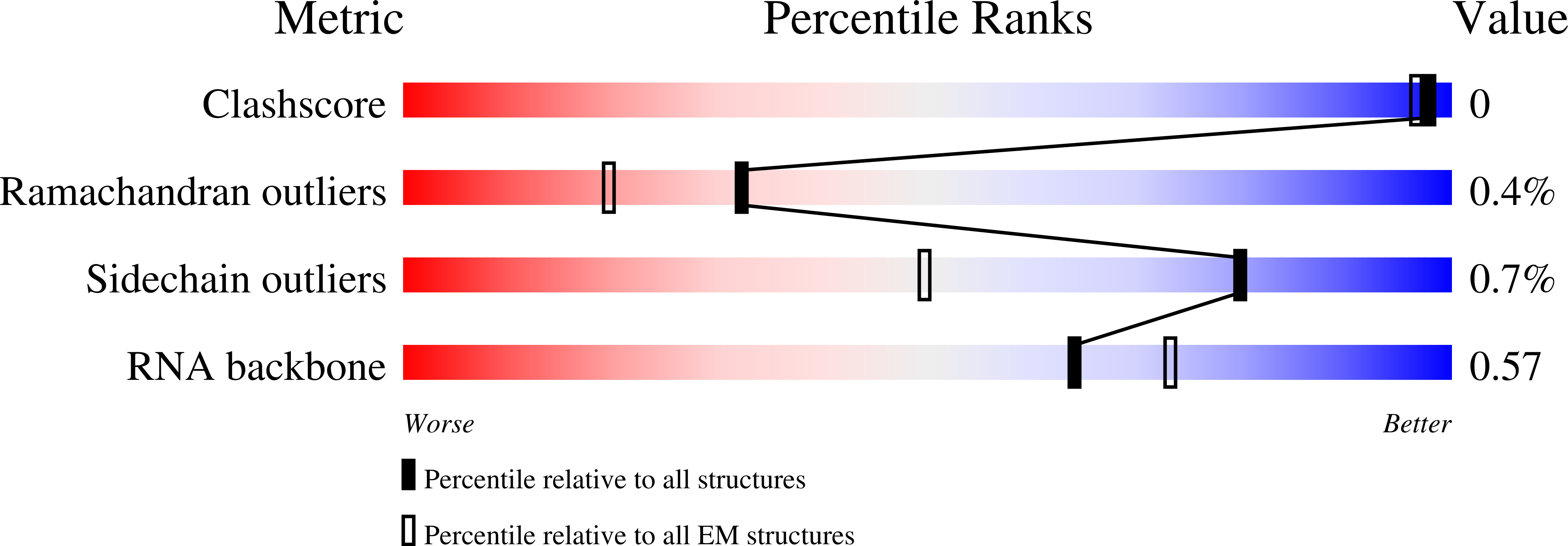
Deposition Date
2024-05-16
Release Date
2025-03-19
Last Version Date
2025-03-19
Method Details:
Experimental Method:
Resolution:
2.00 Å
Aggregation State:
PARTICLE
Reconstruction Method:
SINGLE PARTICLE


